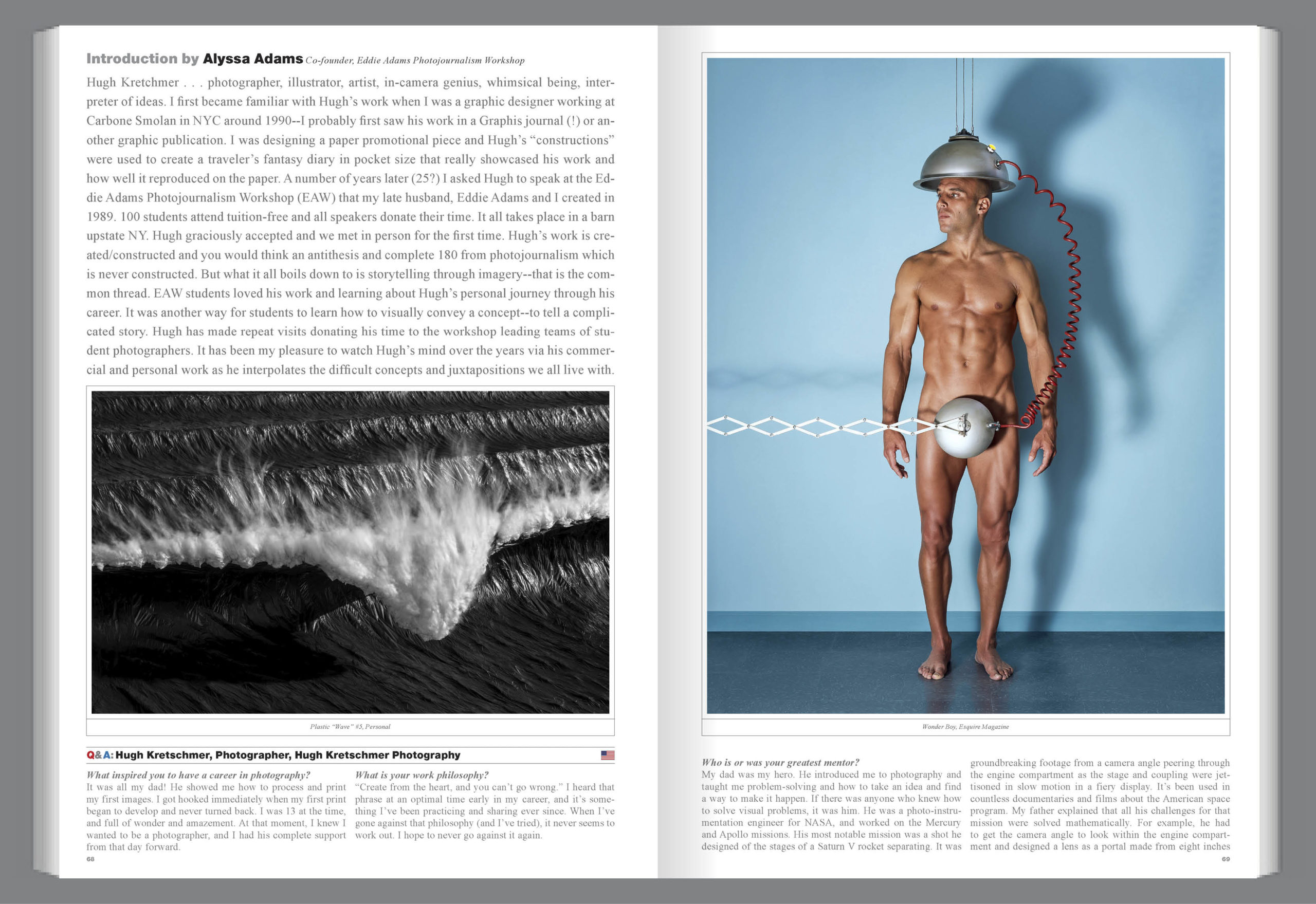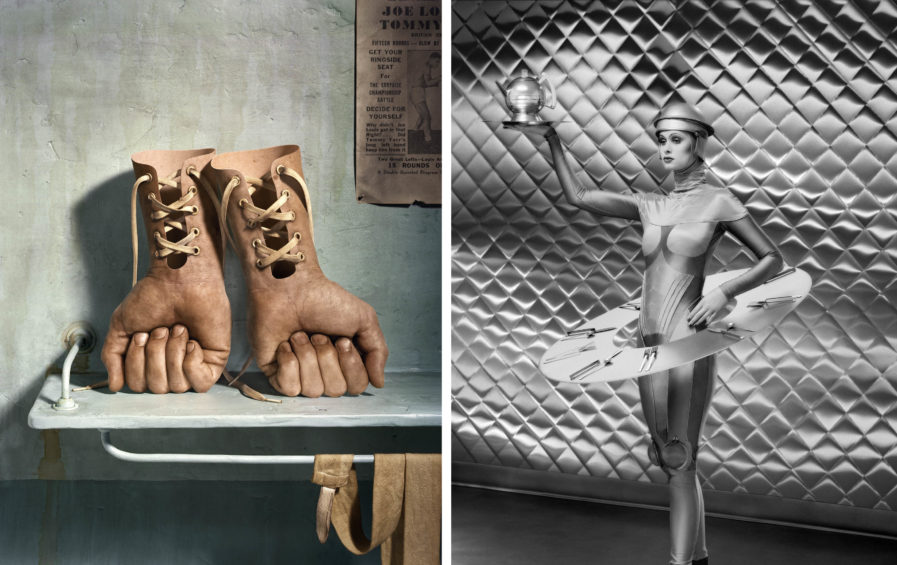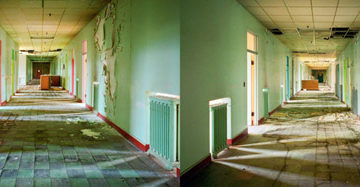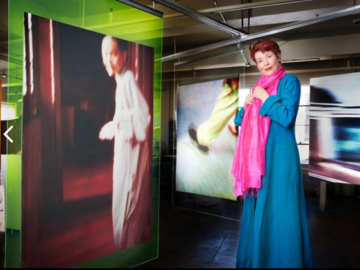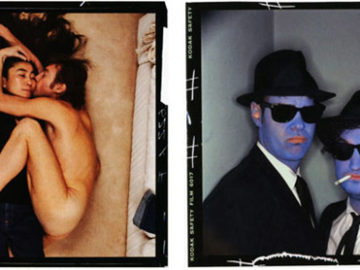At 13, Graphis Master Hugh Kretschmer was introduced to photography by his father, a photo-instrumentation engineer for NASA from the Mercury through the Apollo missions. Hugh received a BFA from the ArtCenter College of Design, and then moved to New York City to start his commercial career. His client list includes Old Spice, Penn & Teller, Sony, Honda, Yamaha, Purina, National Geographic, Vanity Fair, Rolling Stone, GQ, Esquire, Oprah, and The New York Times Magazine. The International Photography Awards, American Photography, Communication Arts, PDN, Graphis, and SPD have recognized his images. His work has been exhibited in Berlin, Seoul, São Paulo, Serbia, New York, and Los Angeles. His photographs are on permanent display at the 9/11 Museum in New York and the archives of the Library of Congress. Hugh Kretschmer has also lectured and led workshops at the Eddie Adams Workshop in Jeffersonville, NY, Gulf Photo Plus in Dubai, and Fotorama in Serbia. He teaches photography part-time at the ArtCenter College of Design, UCLA Extension, and the Los Angeles Center of Photography.
